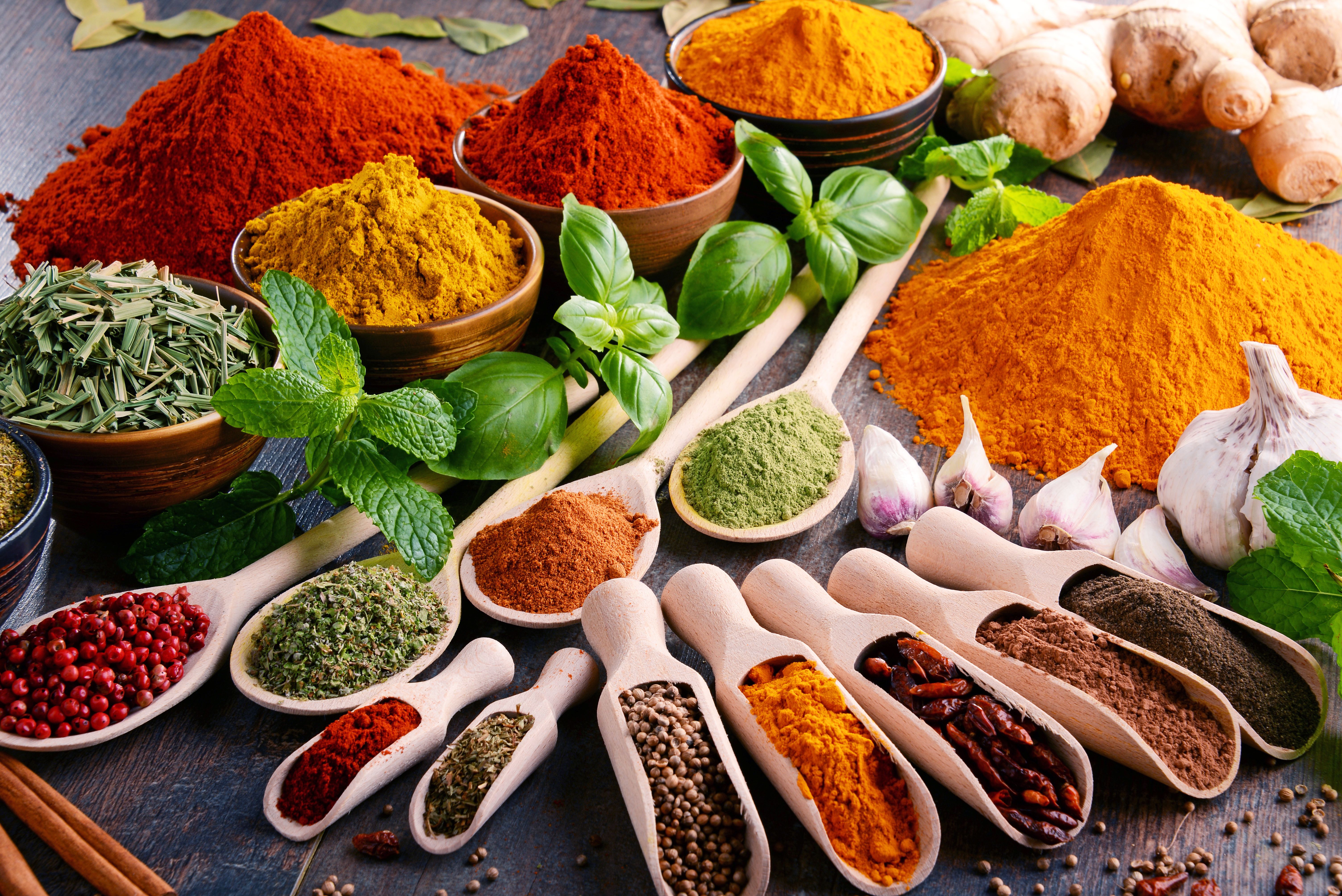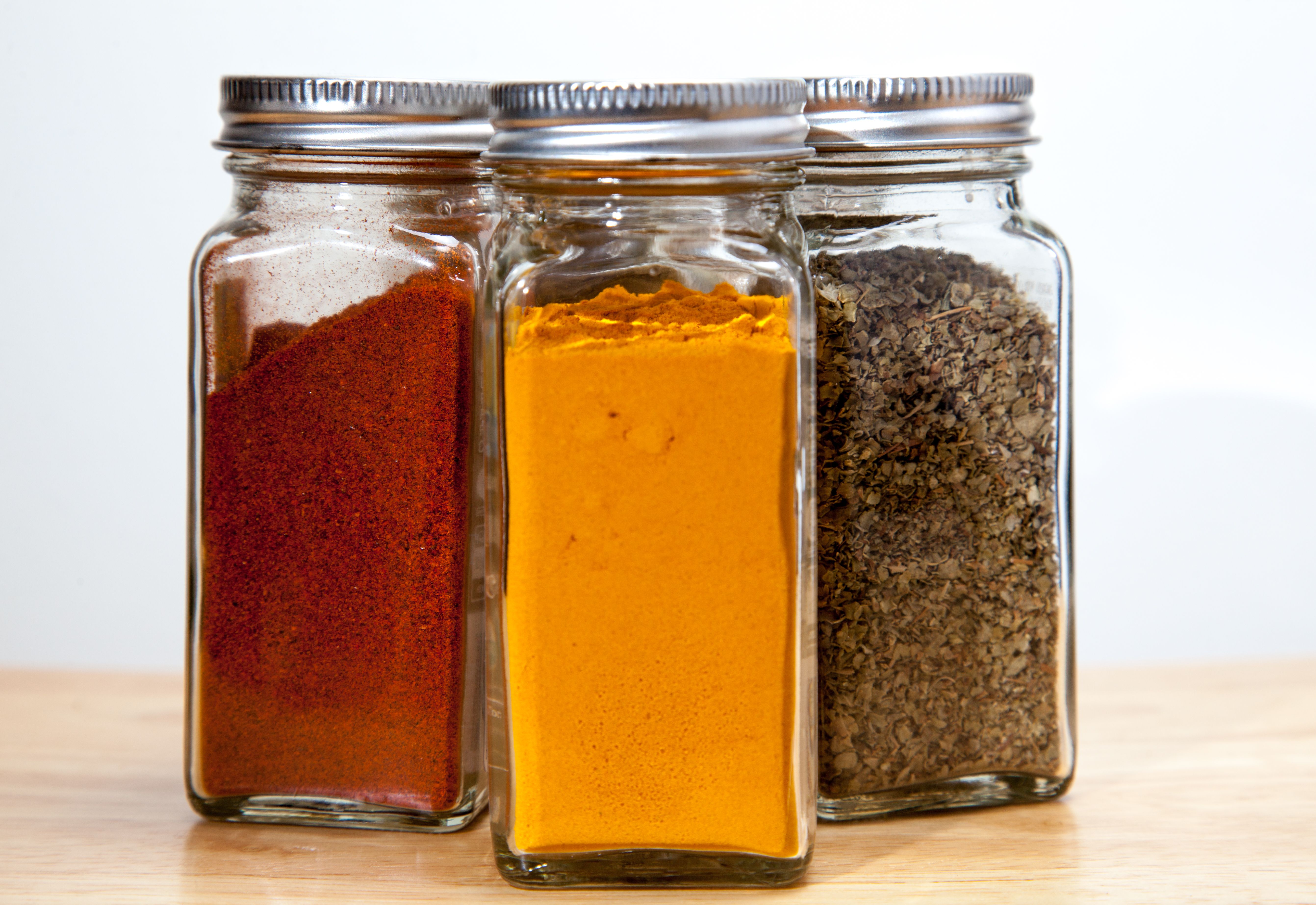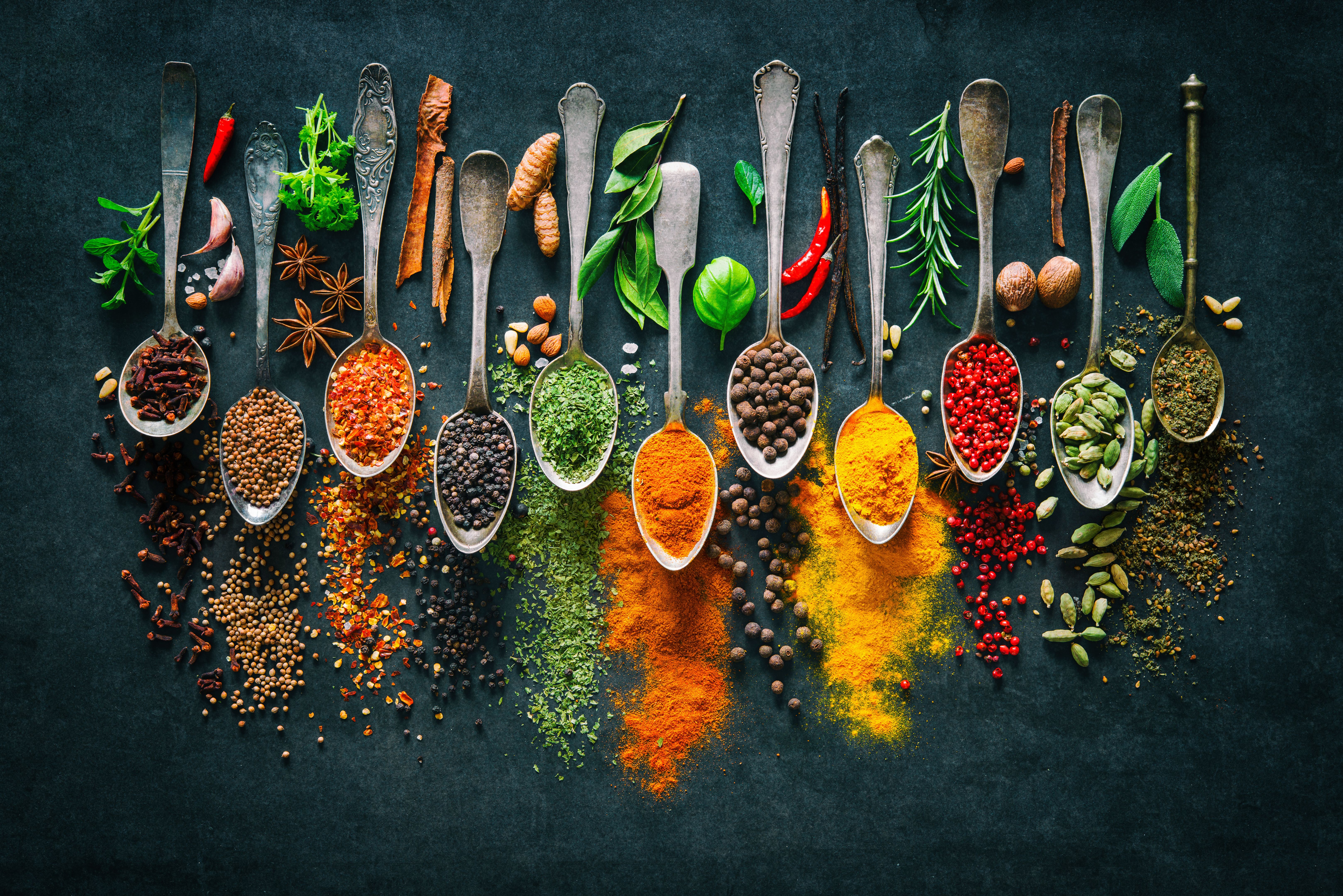Flavorful Spices
Introduction to the World of Spices
Spices are the heart and soul of any dish, transforming ordinary meals into extraordinary culinary experiences. They have been used for centuries across various cultures not only to enhance flavor but also to provide health benefits. Whether you're a seasoned chef or a home cook, incorporating a diverse range of spices can elevate your dishes to new heights.
From the warmth of cinnamon to the heat of cayenne, spices offer a spectrum of flavors that can turn a simple meal into a gourmet delight. Understanding how to blend and balance these flavors is key to making your dishes unforgettable.

Understanding Spice Profiles
Each spice has its own unique profile, which includes its aroma, flavor, and intensity. Some spices are sweet, like vanilla and cardamom, while others are pungent, such as cumin and mustard seeds. Recognizing these profiles helps in choosing the right combination of spices for your dish.
The key to using spices effectively lies in understanding their compatibility with other ingredients. For instance, turmeric pairs well with ginger and garlic, while coriander complements cumin beautifully. Experimenting with different combinations can lead to discovering new flavors that you love.
The Art of Blending Spices
The art of blending spices is all about balance. A well-crafted spice blend can enhance the flavors of your dish without overpowering it. Start by choosing a few base spices and then add smaller quantities of more potent ones to create depth.

Here are some tips for creating your own spice blends:
- Start small: Use a teaspoon or less of each spice when experimenting.
- Toast whole spices before grinding to release their oils and enhance flavor.
- Keep notes of your blends so you can replicate or tweak them in the future.
Spices for Health and Wellness
In addition to enhancing flavor, spices can also contribute to your health. Many spices are rich in antioxidants, vitamins, and minerals. For example, turmeric contains curcumin, known for its anti-inflammatory properties, while cinnamon can help regulate blood sugar levels.

Consider adding the following spices to your diet for both flavor and health benefits:
- Ginger: Known for its anti-nausea and digestive benefits.
- Garlic: Offers immune-boosting properties.
- Cayenne Pepper: Contains capsaicin, which may aid in pain relief and metabolism boosting.
Incorporating Spices into Everyday Cooking
Incorporating spices into your everyday cooking doesn't have to be daunting. Start by adding a pinch of spice to familiar dishes. For example, add a dash of cinnamon to your morning oatmeal or sprinkle some paprika on roasted vegetables.
As you become more comfortable with spices, try experimenting with global cuisines. Indian curries, Moroccan tagines, and Mexican salsas are all rich in spices and can inspire your cooking.
Storing Spices for Maximum Freshness
Proper storage of spices is crucial to maintaining their flavor and potency. Store them in a cool, dark place away from direct sunlight and heat sources. Whole spices tend to have a longer shelf life than ground ones, so consider purchasing whole spices and grinding them as needed.
Use airtight containers to keep out moisture, and label them with purchase dates to keep track of freshness. Most ground spices remain potent for about six months, while whole spices can last up to two years.
Conclusion: Spice Up Your Culinary Journey
Incorporating flavorful spices into your cooking can transform ordinary meals into culinary masterpieces. By understanding spice profiles, blending techniques, and proper storage methods, you can elevate your dishes and explore new taste horizons. So go ahead, spice up your culinary journey and enjoy the vibrant world of flavors that await!
Commercial Kitchen http://avice.org
